Sublimation Paper Guidance
Here, We discuss about sublimation paper and its characteristics, types, uses, pros & cons and many more. Along with Modern sublimation transfer papers are far more than just a passive carrier medium for ink layers, with carefully engineered coatings that allow controlled absorption and regulated release of pressurized dye during the high heat bonding process that defines sublimation printing across textiles, ceramics, metals, and countless other custom materials ranging from phone cases and board game miniatures to commemorative glassware and interior décor panels.
However, not all sublimation-compatible materials consistently provide faultless photorealistic detail across all substrates. Failed transfers add up quickly, sinking small creative companies, with prices per sheet ranging from a few pennies for economies of scale long print runs to more than a dollar for exotic forms.
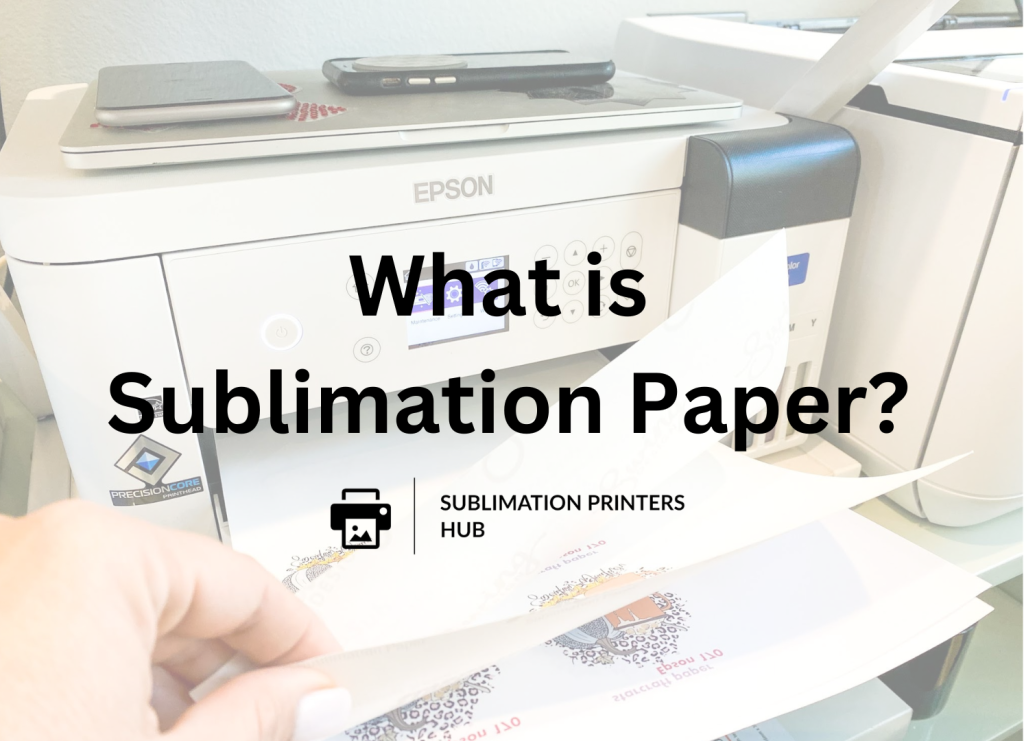
This authoritative book deconstructs all components of sublimation paper to ensure the best fit between material, graphic objective, and machine capabilities, resulting in a thriving personalized product business. Let’s take a look at some specialized dye transfer papers!
What is Sublimation Paper?
In layman’s words, premium sublimation paper has a high release finish that allows proprietary dye-based inks to pool on the coated surface temporarily before being converted to gas and permeating into receptive polymer layers by forced heating and pressure.
This turns boring blank mugs, clothing, baggage tags, and other items into bright, custom-decorated merchandise.
Which Paper Can Be Used For Sublimation?
Sublimation Vs Screen Printing
Most sublimation papers are made of premium wood pulp or cotton that has been pressed to densities ranging from 90 to 120 gsm before being treated with proprietary chemical coatings that are perfect for securely maintaining high density ink volumes laid down during printing without bleeding or affecting image sharpness.
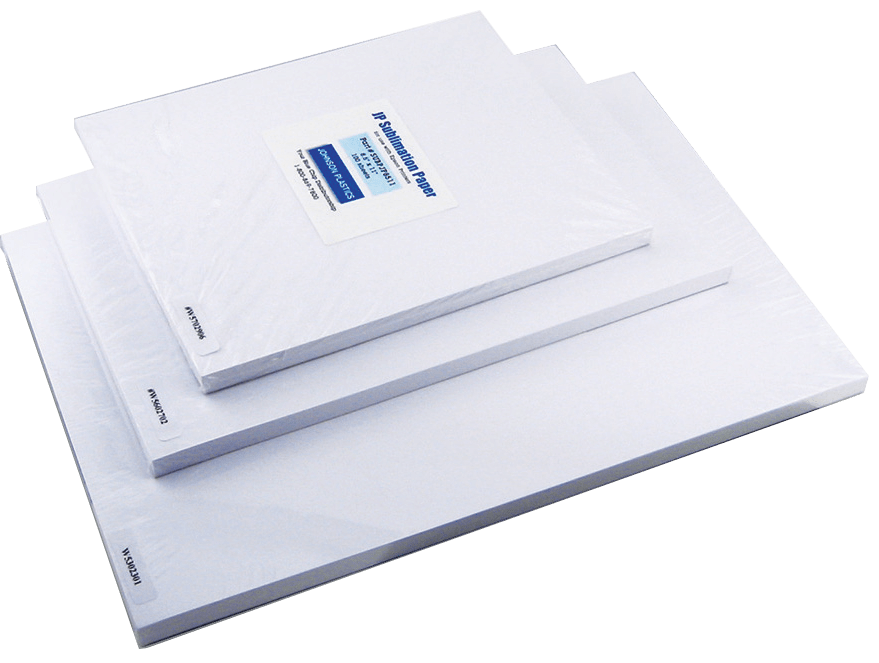
By properly managing viscosity, Sawgrass, Xiao Chi Jie, and other brand coating formulas prevent ink pigments from fully permeating layers. This preserves colour vibrancy before to heat transfer rather than permitting full absorption into paper fibres, which results in faded, drab imprints on uncoated materials.
How To Print Sublimation Images?
How to Choose the Best Sublimation Paper?
With such wide variation amongst paper types labelled for sublimation decoration, it pays to look beyond claims of universal compatibility. Keep an eye out for the following key characteristics:
- Weight/Density: Affects ink drying timeframes and release dynamics
- Inks that are supported: Tested by the manufacturer for optimal matching
- Printer/Press Compatibility: Model-Specific Print + Bond Advice
- Coating Chemistry: Affects dye suspension and transfer efficiency Matte to high gloss special effects finish range
- Sheet sizes ranging from 8×10 to 64″ rolls
- Environmental Ratings: Reusable, recyclable, and environmentally friendly grades
Leading papers demonstrate comprehensive internal testing against market-leading printer brands such as Epson and Ricoh, as well as manual and automated heat presses, with settings fine-tuned around pressure calibration, time delays, and temperature adjustments to facilitate optimal initial installations.
Be aware of no-name cheap packs that make vague compatibility assurances. First, test small batches.
Unverified pairings risk rapid transfer failure or progressive equipment degradation caused by caustic binding agents that steadily corrode print heads.
Sublimation Ink Cartridges Buying Guide
Our Top 3 Recommended Sublimation Papers
What Are The Types of Sublimation Paper?
Aside from their basic composition, which is suitable for accepting high density short run digital prints prior to releasing inks under heat and pressure, specialty transfer papers cater to certain market segments, price tolerance, and quality requirements centered on vividness, accuracy, or customisation.
Let’s look at the top competitors for various applications.
1) Papers for a Variety of Uses:
The common workhorse papers for the bulk of bespoke phone cases, apparel embellishments, and ceramic impressions, include Inkjet Sublimation Paper by Cosmos and Joto’s Sublimation Sheets.
Pros:
- Consistent batch-to-batch results
- High universal compatibility
- Short lead times on typical sizes
Cons:
- Limited custom formulation options
- Limited specialty size options
- Print intensity at the middle of the scale
- Short run posters, tiles, and souvenirs are ideal
How much is a sublimation printer?
2) Papers with High Definition Sublimation
When only museum photographic brilliance will suffice, Superior Sublimation’s Virtuoso line customizable weights up to 400 gsm mirrors true canvas brush stroke impressions to offer life-like dimensionality to metal etchings, swimwear or tiled murals.
why my sublimation printer printing lines?
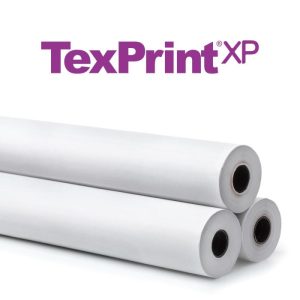
Pros:
- Prints with unbelievable clarity at 2200dpi or higher
- Custom grades target specific materials
- Press transfers with minimal effort
Cons:
- Expensive at around $1 each sheet
- Overkill for fabrics
- Slow drying times
- Floor mats, tablets, dolls, and trophies are ideal
3) Recycled Sublimation Paper
Reduce paper waste by promoting recycled sublimation paper from Earth Positive, which is made from sustainable sugar cane fibres and plant plasticizers, with each purchase supporting renewable energy projects.

Advantages:
- Highly recyclable and biodegradable
- Less wasting of basic materials
- CA Prop 65 compliant inks
Cons:
- Still has a limited use lifespan
- Less printer compatibility
- Mid-range print vibrancy
- Retail displays and polyfoam sheets are ideal applications
Can sublimation ink be used for regular printing?
4) Transfer Papers for Special Occasions
Aside from ordinary sheets, improvements such as adhesive backing, magnetic induction, and non-slip textures add utility for the production of wall art, flexible magnets, and yoga mats.
Pros:
- Value-added upgrades
- Creates new product categories
- Reduced post-process labour
Cons:
- Stricter applications
- Requires proprietary software
- Limited transfer flexibility
- Exhibition booths and automotive wraps are ideal applications
Using No-Name Sublimation Paper from a Third Party Frugal creators who pay for brand name sublimation printers then blanch at premium paper pricing in search of any sheet claiming compatibility. However, invalidated couples risk quick disaster after large investments in printer ink and substrate.
If using third-party stocks, test one sheet at a time across printed and heat bonding, looking for:
- Micro banding from inadequate coating apparent under magnification
- Ink bleeds from high absorption
- Printhead nozzle clogs from paper dust
- Transfer problems needing considerable pressure/heat
If whites become yellow, visuals blur, or a cardboard odor continues after pressing, stop immediately.
We can use a regular printer for sublimation?
Optimizing the Use of Sublimation Paper
Following the selection of best compatible combinations, the following usage stages ensure flawless results:
- Store flat in humidity-controlled areas
- Fan sheets before loading trays
- Print calibration alignment grids first
- Review post-print drying directions
- Trim margins cautiously while allowing for overflow
- Stack finished items with release paper
- After long batches, clean transport rollers
Following basic material care standards maintains print quality while minimizing wasted overhead from distorted or incomplete transfers that necessitate reprints.
Sublimation Printing Software Guide
Can you sublimate on rayon fabrics?
Sublimation Paper Troubleshooting
Mid-project setbacks do not have to mean total transfer failure if problems are identified early.
If quality begins to deteriorate, consider the following popular solutions before dumping entire problematic batches:
| Sublimation Paper Problem | It’s Solution |
| Images that appear to be ghosted | Replace transfer paper |
| Saturation of light ink | Modify printer colour profiles |
| Failure of adhesion | Allow for a longer cooling period |
| Unsaturated areas | Disinfect blocked print nozzles |
| Edge misalignment | Improve media handling |
| Paper deformation | Calibrate heating plates to avoid deformation |
sublimation Printing Tutorials
Future Prospects for Sublimation Paper
Paper engineers are constantly improving sheet qualities in order to better optimize future generation desktop dye sublimation printers capable of ever finer 1200+ dpi definition that rivals industrial metallurgy etching equipment costing thousands of dollars.
Expect smarter paper iterations to include the following features:
– RFID tracking sheets embedded for calibration
– Reduced traction frames to avoid jams
– Adhesive spray backings for one-step bonding
– Antimicrobial buffers that reduce print artefacts
– Ovens are being replaced by in-machine vapour treatment.
While electronics integration allows for more automated large-scale custom wall panel production, home hobbyists benefit from more forgiving novice-friendly sheets that provide rapid gratification in celebration of this new printing technology.
How To Upload Artwork Files To Printer?
What is Cricut Sublimation Printer?
Conclusion
Combining the best sublimation transfer paper formulation with the intended graphic reproduction goals across targeted imprintable materials eliminates guesswork and results in faultless photorealism transfer after transfer.
When detecting quality faults, test alterations to colour profiles, cleaning cycles, and transfer times/temperatures meticulously before revamping entire print systems.
Sublimation decoration confidently rivals industrial scale production at affordable desktop printer prices, ideal for memorable keepsake customisation or lucrative micro manufacturing income, with properly matched papers and dialed-in calibration supporting increased print definition now exceeding 1200 dpi.





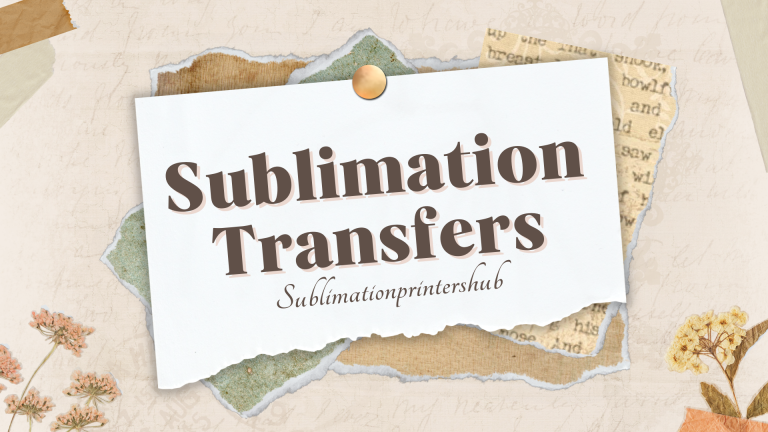
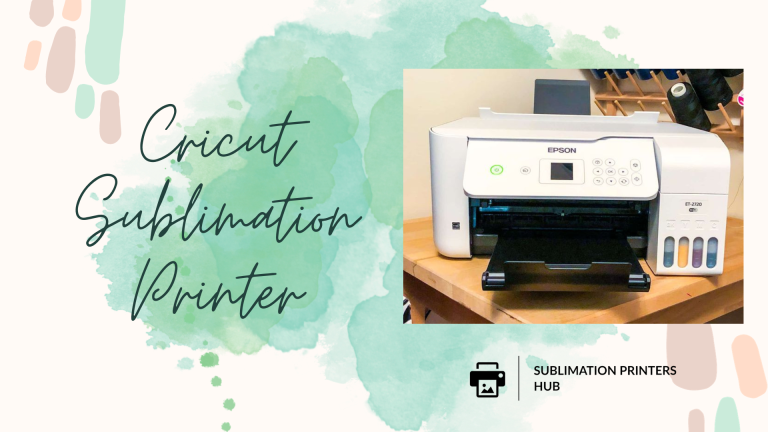
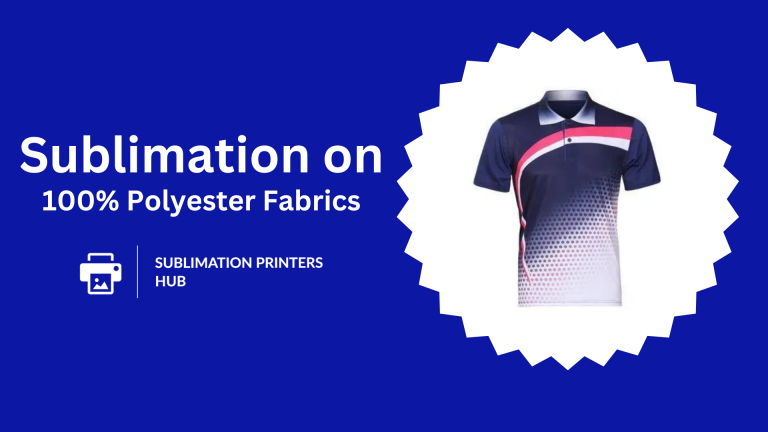


6 Comments